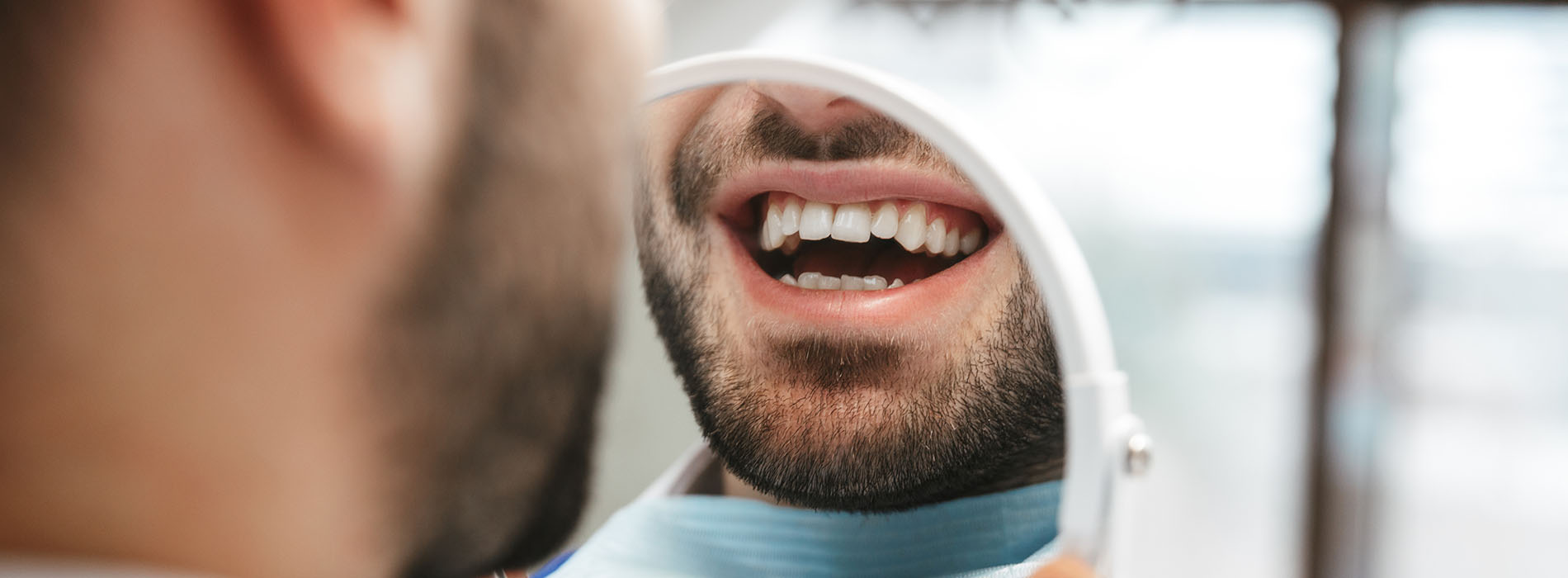

When a tooth has suffered decay or damage but still retains a good deal of healthy structure, inlays and onlays offer a conservative, reliable solution. They sit in the restorative middle between a standard filling and a full crown, restoring form and function without removing more of the natural tooth than necessary. This approach helps preserve tooth strength and avoids the more invasive preparation that a crown requires.
Inlays fit within the cusps of a back tooth, while onlays extend over one or more cusps and can cover a larger portion of the biting surface. Because they are made outside the mouth and then bonded into place, these restorations deliver exceptionally precise margins and an exacting fit — qualities that reduce the risk of future leakage and decay compared with some traditional fillings.
Choosing an inlay or onlay is often about balancing durability, aesthetics, and conservation. For many patients, these restorations achieve a long-lasting repair that blends seamlessly with the surrounding tooth, providing strength and a natural appearance without resorting to full-coverage crowns.
Today’s inlays and onlays are typically fabricated from high-quality ceramic or composite materials that mimic the translucency and texture of natural enamel. Some cases still call for metal-based options such as gold, which remain a durable and biocompatible choice for posterior teeth. Regardless of the material, the process begins with a carefully prepared tooth and a precise impression or digital scan to capture the exact contours of the cavity.
In a dental laboratory or an in-office milling center, technicians or computer-guided machines create the restoration to match the shape, occlusion, and color of the surrounding teeth. This controlled fabrication produces a restoration with smooth margins and accurate contacts, which are critical for comfort, function, and preventing food impaction.
Once crafted, the inlay or onlay undergoes a final fit check and any necessary staining or glazing to harmonize with the patient’s smile. The restoration is then bonded to the tooth using modern adhesive systems that form a strong interface between the restoration and remaining tooth structure.
One of the primary advantages of inlays and onlays is their conservative nature: they require less removal of healthy tooth structure than crowns do, yet they offer greater longevity and strength than direct fillings for larger defects. Because they are fabricated outside the mouth, they allow for superior control over anatomy and occlusion, often resulting in a more comfortable bite and smoother contours.
Durability is another strong point. Properly made and bonded ceramic or composite inlays and onlays resist wear and staining and can restore significant chewing strength to a damaged tooth. In many situations, an onlay can reinforce weakened cusps so effectively that it eliminates the immediate need for a full coverage crown.
Esthetics also play a significant role. Tooth-colored materials can be matched closely to the surrounding dentition, producing restorations that are difficult to distinguish from natural enamel. For patients who want a discreet, long-term solution, inlays and onlays often strike the right balance between appearance and function.
The inlay/onlay workflow is straightforward and comfortable. After a thorough exam and digital imaging or impressions, the tooth is cleaned and gently shaped to remove decay and create a precise seat for the restoration. Local anesthesia ensures the process is pain-free. If a digital workflow is used, a scan captures the prepared tooth and neighboring teeth to design a restoration that fits securely and aligns with the bite.
Depending on whether the practice uses an off-site laboratory or same-day CAD/CAM technology, a temporary restoration may be placed while the final piece is made. For in-office milling systems, many patients leave with a permanent restoration the same day. When a laboratory is involved, the final appointment focuses on checking fit, refining contacts and contours, and bonding the restoration with adhesive cements for a durable seal.
The bonding step is crucial: contemporary adhesives create a strong union between the inlay/onlay and the tooth, which helps distribute chewing forces and reduces microleakage. After bonding, minor adjustments to the bite are made, and the occlusion is polished so the restored tooth feels natural when you chew and speak.
With routine oral hygiene and regular dental visits, inlays and onlays can last many years. Brushing twice daily, flossing to maintain the health of the gumline and contacts, and scheduling professional cleanings and exams help catch any early changes before they progress. The materials used resist staining and wear, but excellent home care and periodic check-ups remain the best protection for the lifespan of the restoration.
It’s normal to have a brief adjustment period as your mouth becomes accustomed to the new restoration, but long-term outcomes typically include improved chewing efficiency and a sealed, stable tooth. If an area around the restoration becomes tender or shows signs of sensitivity or discoloration, prompt evaluation helps determine whether a simple adjustment or a restorative revision is needed.
At Silk Dental Delray Beach (formerly Marc Bilodeau DMD), we emphasize minimally invasive treatments that preserve natural tooth structure and maximize long-term oral health. Our team evaluates each situation carefully to recommend the approach that best balances preservation, strength, and appearance for each patient’s unique needs.
Summary: Inlays and onlays are conservative, durable, and attractive solutions for repairing damaged posterior teeth while preserving healthy structure. If you’d like to learn whether this treatment is right for you, please contact us for more information and personalized guidance.
Quick Links